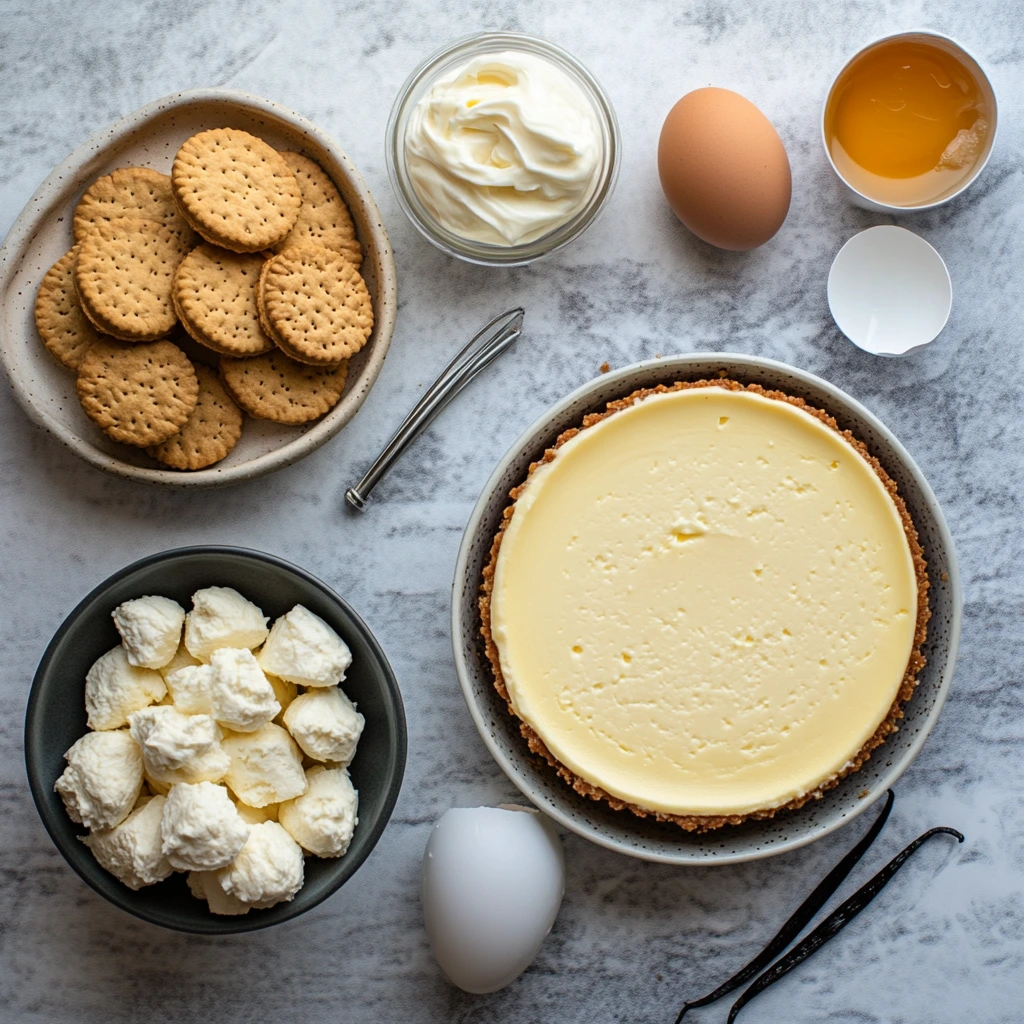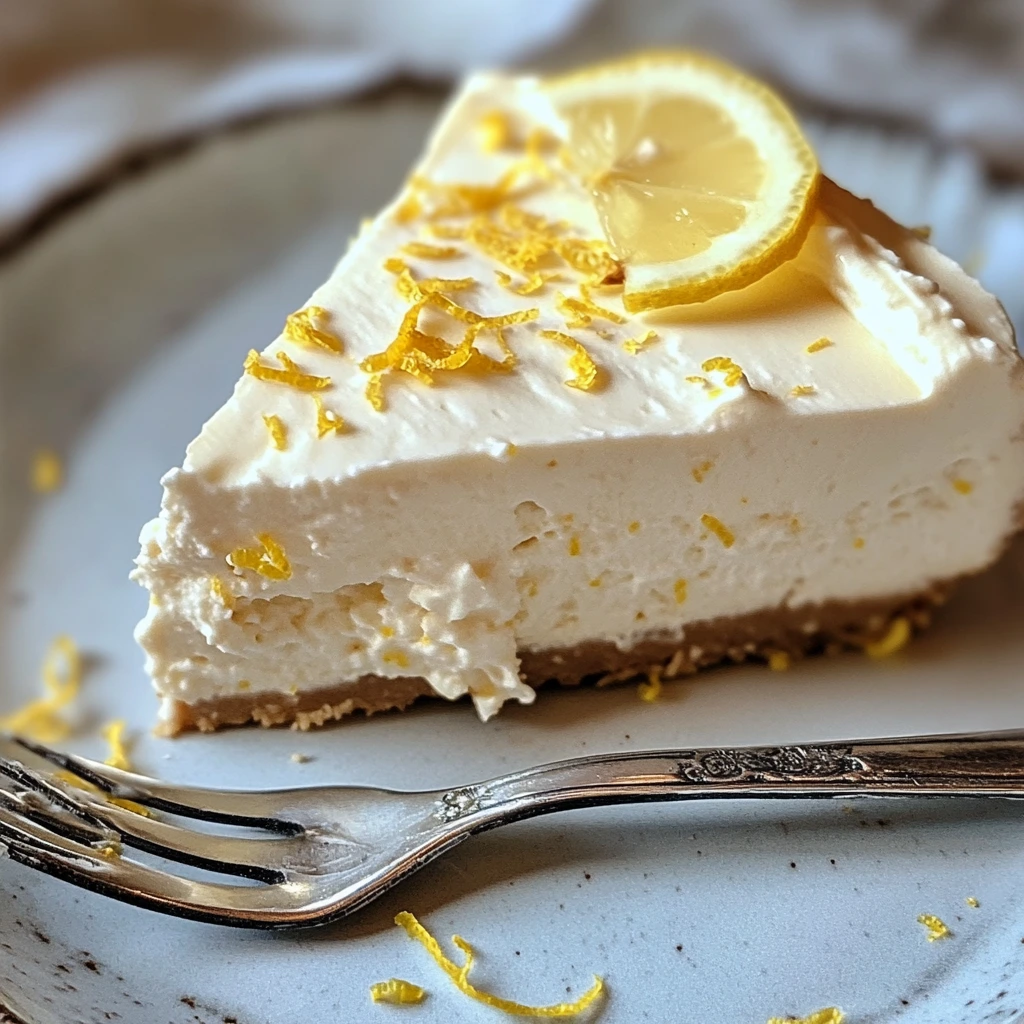James Martin, a celebrated chef, is renowned for his indulgent and beautifully crafted desserts. Among his most popular creations is his signature cheesecake, a dish that embodies simplicity and decadence. Whether you’re hosting a dinner party or craving a rich, creamy treat, a James Martin cheesecake is a perfect choice. With its buttery biscuit base and luscious filling, it’s a dessert that promises to impress. This guide will walk you through the process of creating your own masterpiece, combining classic techniques with the chef’s expert touches to achieve perfection. Ready your ingredients and let’s begin!
Table of Contents
1.Understanding James Martin’s Cheesecake
James Martin’s cheesecake is celebrated for its balance of texture and flavor, making it a favorite among dessert enthusiasts. Known for its buttery biscuit base and rich, creamy filling, the cheesecake is a testament to Martin’s knack for turning simple ingredients into something extraordinary. His recipe often includes fresh cream cheese, double cream, and sugar, blended to perfection, with variations that incorporate seasonal fruits or indulgent chocolate. The key lies in his emphasis on quality ingredients and precise techniques, ensuring a velvety texture and vibrant taste. This cheesecake is not just a dessert—it’s an experience of culinary excellence.
2.Ingredients Breakdown: How to Make a James Martin Cheesecake?
Creating a James Martin cheesecake begins with understanding the role of each ingredient. The combination of cream cheese, sweeteners, eggs, and flavor enhancers contributes to the cheesecake’s luxurious texture and taste. High-quality ingredients are essential to achieve a perfect balance of creaminess, sweetness, and tang.

2.1 Cream Cheese Selection
The cream cheese is the star of any cheesecake. Opt for full-fat cream cheese to ensure a rich and smooth texture. Avoid low-fat options, as they may affect the consistency. Softening the cream cheese before blending ensures it mixes evenly, creating the velvety base James Martin is known for.
2.2 Sweeteners: Caster Sugar and Alternatives
Caster sugar is traditionally used for its fine texture, which dissolves easily into the mixture. For those looking to explore alternatives, honey, maple syrup, or even a natural sweetener like stevia can be used, though these may slightly alter the flavor profile.
2.3 Eggs and Their Role
Eggs serve as a binding agent in baked cheesecakes, providing structure and creaminess. When whisked gently into the mixture, they create a custard-like texture. Over-mixing can incorporate too much air, leading to cracks during baking, so handle them with care.
2.4 Flavor Enhancers: Vanilla and Lemon Zest
Vanilla extract and lemon zest add depth and brightness to the cheesecake. Vanilla brings a warm, sweet aroma, while lemon zest cuts through the richness, providing a subtle tang that elevates the overall flavor. Use fresh, high-quality ingredients for the best results.
3. Preparing the Base
The base of a cheesecake provides a sturdy, flavorful foundation that complements the creamy filling. Creating the perfect base involves choosing the right biscuits and mastering the mixing and setting process to achieve the ideal texture and flavor.
3.1 Choosing the Right Biscuits
Digestive biscuits are the traditional choice for a classic cheesecake base, offering a balance of sweetness and crunch. For a more indulgent twist, consider using ginger snaps, chocolate biscuits, or even graham crackers. The key is to select a biscuit that crumbles easily and has a flavor profile that complements the filling.
3.2 Mixing and Setting the Base
To create the base, crush the biscuits into fine crumbs using a food processor or by hand with a rolling pin. Combine the crumbs with melted butter, ensuring every particle is coated for a cohesive mixture. Press the mixture firmly into the bottom of a springform pan to create an even layer. Chill the base in the refrigerator for at least 30 minutes to set before adding the filling. This step ensures the base holds its shape when the cheesecake is served.
4. Crafting the Filling
4.1 Achieving the Perfect Consistency
The key to a luxurious cheesecake lies in its silky filling. Start by blending softened cream cheese with caster sugar until smooth. Add eggs one at a time, mixing gently to avoid incorporating excess air. Fold in double cream for richness, ensuring the mixture remains thick yet pourable. Avoid overmixing, as this can lead to a dense texture or air bubbles.
4.2 Incorporating Flavors Evenly
Flavorings like vanilla extract, lemon zest, or even melted chocolate should be added gradually. Mix them in gently to ensure even distribution. If using chunky ingredients, like berries or chocolate chips, fold them in carefully to maintain the filling’s smoothness while spreading flavors evenly.
5. Baking Techniques
5.1 Optimal Oven Temperatures
Bake the cheesecake at a low, steady temperature, typically around 150°C (300°F). This gentle heat ensures the filling sets evenly without overcooking. Preheating the oven is essential for consistent results. Avoid opening the oven door during baking to maintain an even temperature.
5.2 Water Bath Method Explained
Using a water bath helps regulate the baking temperature and prevents cracks. Wrap the outside of your springform pan with foil to keep water out, then place it in a larger tray filled with boiling water. The steam from the water bath creates a moist environment, ensuring a creamy texture.
6. Cooling and Setting
6.1 Preventing Cracks
Cracks can occur when the cheesecake cools too quickly. Once baked, turn off the oven and leave the cheesecake inside with the door slightly ajar for an hour. This gradual cooling prevents sudden temperature changes that may cause cracking.
6.2 Ideal Cooling Times
After removing the cheesecake from the oven, allow it to cool to room temperature on a wire rack. Once cooled, refrigerate it for at least 4–6 hours, or overnight, to let it set fully. This step is crucial for achieving the perfect texture.
7. Serving Suggestions
7.1 Pairing with Fruits
Fresh fruits like strawberries, raspberries, or blueberries complement the rich cheesecake beautifully. Arrange them on top or serve them on the side for a burst of natural sweetness and color.
7.2 Complementary Sauces
Drizzle your cheesecake with sauces like chocolate ganache, caramel, or a fruit coulis to enhance its flavor. A tart raspberry sauce or sweet mango puree can provide a delightful contrast to the creamy filling, elevating the dessert to a new level of indulgence.
8. Variations of James Martin’s Cheesecake
8.1 Lemon Cheesecake
A lemon cheesecake variation adds a zesty twist to the classic recipe. Incorporate freshly squeezed lemon juice and finely grated lemon zest into the filling for a vibrant flavor. Enhance the topping with a lemon glaze or candied lemon slices for an extra tangy finish.

8.2 Raspberry Cheesecake
Raspberry cheesecake combines creamy richness with a fruity burst. Swirl raspberry puree into the filling before baking for a marbled effect or layer fresh raspberries on the biscuit base. Top with a raspberry coulis or whole berries for a visually striking dessert.
“For a twist on the classic cheesecake, you might enjoy experimenting with recipes like this that combines two indulgent desserts into one.”
“Looking for more cheesecake inspiration? This article on Pecan Pie Cheesecake Bars provides another creative way to enjoy this beloved dessert.”
9. Common Mistakes to Avoid
9.1 Overmixing the Batter
Overmixing introduces air into the batter, which can cause cracks or a fluffy, cake-like texture instead of the desired creamy consistency. Mix ingredients just until combined, and avoid using high speeds on your mixer.
9.2 Incorrect Baking Temperatures
Baking at too high a temperature can cause the cheesecake to dry out or crack. Always bake at the recommended low temperature, and use an oven thermometer for accuracy to achieve the perfect set and texture.
10. Storing and Preserving the James Martin Cheesecake
10.1 Refrigeration Guidelines
Refrigerate the cheesecake in an airtight container to maintain its freshness. It can be stored for up to 4–5 days. Cover the top to prevent it from absorbing odors from other foods in the fridge.
10.2 Freezing for Extended Shelf Life
Cheesecake freezes well for up to 3 months. Slice it into portions, wrap each slice in cling film, and place in an airtight container. Thaw overnight in the fridge before serving for best results.
11. Nutritional Information
A typical serving of James Martin’s cheesecake provides approximately 350–450 calories, depending on the variation and toppings. It contains about 20–25 grams of fat, primarily from cream cheese and butter, along with 30–40 grams of carbohydrates. While indulgent, it offers a rich source of energy and can be enjoyed as an occasional treat as part of a balanced diet.
12. Frequently Asked Questions (FAQs)
12.1 Can I use low-fat cream cheese?
While low-fat cream cheese can be used, it may affect the texture of your cheesecake. Full-fat cream cheese is recommended for a rich, creamy consistency that holds its shape well.
12.2 How do I know when the cheesecake is done?
The cheesecake is done when the edges are set, but the center still has a slight wobble. You can also check with a thermometer; the internal temperature should reach around 65–70°C (150–160°F).
12.3 What’s the best way to prevent a soggy base?
To prevent a soggy base, ensure your biscuit mixture is compacted firmly and pre-bake it for 10 minutes if using a baked cheesecake recipe. For no-bake versions, chilling the base thoroughly before adding the filling is essential.
12.4 Can I substitute the biscuits in the base?
Yes, you can substitute the biscuits based on your preference. Digestive biscuits, graham crackers, or even chocolate or ginger biscuits work well, depending on the flavor profile you want to achieve.
12.5 How long should I let the James Martin Cheesecake cool before serving?
Allow the cheesecake to cool to room temperature after baking, then refrigerate it for at least 4–6 hours or overnight. Proper chilling ensures the filling sets and the flavors meld perfectly.
12.6 What’s the difference between baked and no-bake James Martin Cheesecake?
Baked cheesecakes are firmer and have a custard-like texture due to the addition of eggs and the baking process. No-bake cheesecakes are lighter, set with gelatin or chilling, and do not require oven time, making them quicker and easier to prepare.
“If you’re debating whether to try a baked or no-bake version of the James Martin cheesecake, this helpful guide on Is No-Bake or Baked Cheesecake Better? explores their key differences and which might suit your taste.”
13. Conclusion
James Martin’s cheesecake is a dessert that combines simplicity and elegance, making it a standout addition to any occasion. By carefully selecting quality ingredients, mastering the techniques, and exploring creative variations, you can craft a cheesecake that mirrors the expertise of a professional chef. Whether you prefer a classic baked cheesecake or a refreshing no-bake alternative, this versatile dish promises to impress. Serve it with your favorite fruits or sauces to elevate the experience, and enjoy the satisfaction of creating a truly memorable treat.

